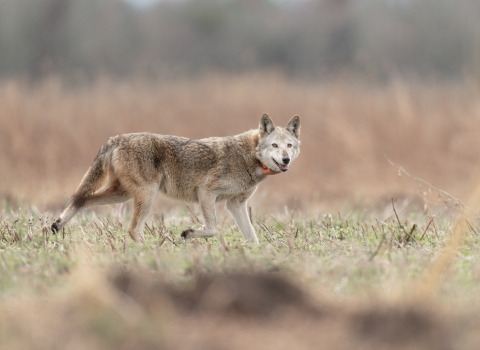The U.S. Fish and Wildlife Service today announced over $1.3 billion in apportionments to support states, commonwealths and territories in their efforts to fund conservation and connect people with nature. The funding is supported through excise taxes paid last year on ammunition, firearms, archery and angling equipment by manufacturers, and a fuel and small engine tax. Funds are disbursed through grants by the Service’s Wildlife and Sport Fish Restoration Program. This state-industry-federal partnership, established nearly a century ago with the support of concerned sporting and conservation organizations, sporting manufacturers and conservation professionals who recognized the need to conserve fish, wildlife, and their habitats, is one of the most effective tools for conservation in the world. Since 1937, more than $28 billion has been distributed through annual apportionments for conservation and public access projects.
“Around the country, Wildlife and Sport Fish Restoration funding supports collaborative wildlife and habitat conservation, fish and wildlife health, clean water and outdoor access efforts of our state, commonwealth and territorial partner agencies,” said Service Director Martha Williams. “This vital funding fosters efforts to monitor and manage our nation’s fish and wildlife resources, supports hunter and aquatic education, improves access for outdoor pursuits like hunting, fishing and boating and connects people to wildlife and wild places.”
Along with the more than $28 billion distributed to date through annual apportionments, partner fish and wildlife agencies have contributed approximately $9 billion in investments throughout the program’s history. Through these combined funds, agencies have supported the annual stocking of over 1 billion fish, managed and monitored over 500 species of wild mammals and birds, provided hunter education to millions of students, and constructed or renovated over 800 target ranges.
“In addition to administering these funds each year, the Wildlife and Sport Fish Restoration Program provides national leadership and technical support to assist our partners in their conservation efforts and contributes to the success of the Service’s mission,” said Paul Rauch, the Service's program assistant director.
Eligible states, commonwealths and territories use this money to fund professional biologists, offer education and safety programs, operate fish and wildlife health labs, purchase and operate and maintain more than 35 million acres of land open to hunting and angling, and provide access at over 9,000 locations nationally for community fishing access.
To view the Service’s final apportionment of Wildlife and Sport Fish Restoration grant funds for Fiscal Year 2024 and historic funding amounts visit www.partnerwithapayer.org/funding-sources/.
For more information about the WSFR program visit http://wsfrprograms.fws.gov/ or www.partnerwithapayer.org.



